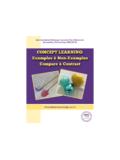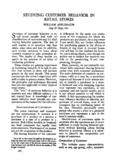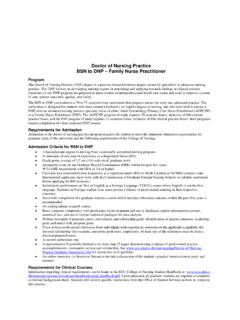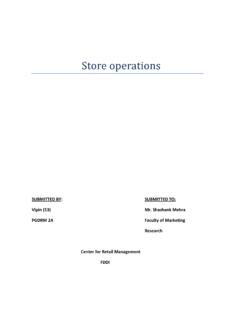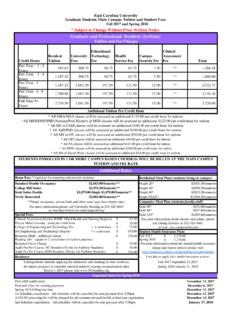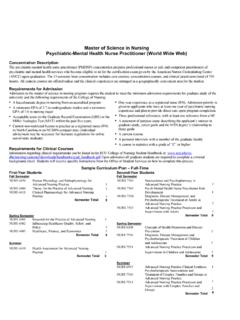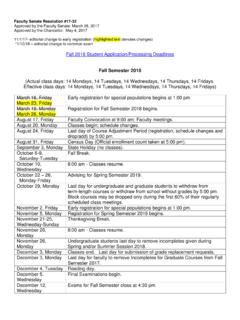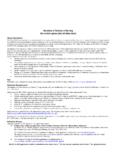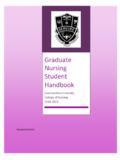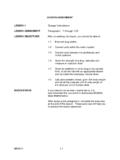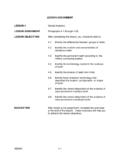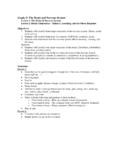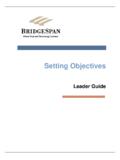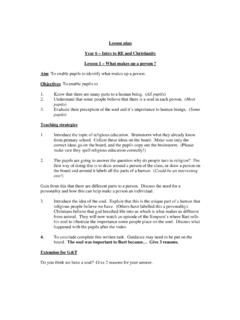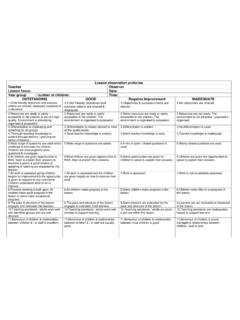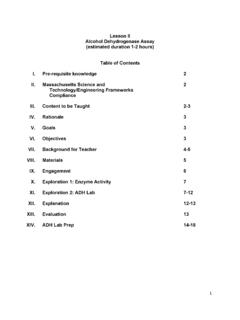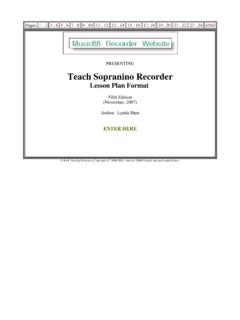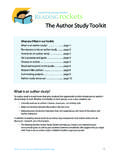Transcription of INTERSTATE NEW TEACHER ASSESSMENT AND SUPPORT …
1 INTERSTATE NEW TEACHER ASSESSMENT AND SUPPORT CONSORTIUM (INTASC) CORE STANDARDS Content Pedagogy - Principle #1: The TEACHER understands the central concepts, tools of inquiry, and structures of the discipline(s) he or she teaches and can create learning experiences that make these aspects of subject matter meaningful for students. Knowledge The TEACHER understands major concepts, assumptions, debates, processes of inquiry, and ways of knowing that are central to the discipline(s) s/he teaches. The TEACHER understands how students' conceptual frameworks and their misconceptions for an area of knowledge can influence their learning.
2 The TEACHER can relate his/her disciplinary knowledge to other subject areas. Dispositions The TEACHER realizes that subject matter knowledge is not a fixed body of facts but is complex and ever-evolving. S/he seeks to keep abreast of new ideas and understandings in the field. The TEACHER appreciates multiple perspectives and conveys to learners how knowledge is developed from the vantage point of the knower. The TEACHER has enthusiasm for the discipline(s) s/he teaches and sees connections to everyday life.
3 The TEACHER is committed to continuous learning and engages in professional discourse about subject matter knowledge and children's learning of the discipline. Performances The TEACHER effectively uses multiple representations and explanations of disciplinary concepts that capture key ideas and link them to students' prior understandings. The TEACHER can represent and use differing viewpoints, theories, "ways of knowing" and methods of inquiry in his/her teaching of subject matter concepts. The TEACHER can evaluate teaching resources and curriculum materials for their comprehensiveness, accuracy, and usefulness for representing particular ideas and concepts.
4 The TEACHER engages students in generating knowledge and testing hypotheses according to the methods of inquiry and standards of evidence used in the discipline. The TEACHER develops and uses curricula that encourage students to see, question, and interpret ideas from diverse perspectives. The TEACHER can create interdisciplinary learning experiences that allow students to integrate knowledge, skills, and methods of inquiry from several subject areas. Student Development - Principle #2: The TEACHER understands how children learn and develop, and can provide learning opportunities that SUPPORT their intellectual, social and personal development.
5 Knowledge The TEACHER understands how learning occurs--how students construct knowledge, acquire skills, and develop habits of mind--and knows how to use instructional strategies that promote student learning. The TEACHER understands that students' physical, social, emotional, moral and cognitive development influence learning and knows how to address these factors when making instructional decisions. The TEACHER is aware of expected developmental progressions and ranges of individual variation within each domain (physical, social, emotional, moral and cognitive), can identify levels of readiness in learning, and understands how development in any one domain may affect performance in others.
6 Dispositions The TEACHER appreciates individual variation within each area of development, shows respect for the diverse talents of all learners, and is committed to help them develop self-confidence and competence. The TEACHER is disposed to use students' strengths as a basis for growth, and their errors as an opportunity for learning. Performances The TEACHER assesses individual and group performance in order to design instruction that meets learners' current needs in each domain (cognitive, social, emotional, moral, and physical) and that leads to the next level of development.
7 The TEACHER stimulates student reflection on prior knowledge and links new ideas to already familiar ideas, making connections to students' experiences, providing opportunities for active engagement, manipulation, and testing of ideas and materials, and encouraging students to assume responsibility for shaping their learning tasks. The TEACHER accesses students' thinking and experiences as a basis for instructional activities by, for example, encouraging discussion, listening and responding to group interaction, and eliciting samples of student thinking orally and in writing.
8 Diverse Learners - Principle #3: The TEACHER understands how students differ in their approaches to learning and creates instructional opportunities that are adapted to diverse learners. Knowledge The TEACHER understands and can identify differences in approaches to learning and performance, including different learning styles, multiple intelligences, and performance modes, and can design instruction that helps use students' strengths as the basis for growth. The TEACHER knows about areas of exceptionality in learning--including learning disabilities, visual and perceptual difficulties, and special physical or mental challenges.
9 The TEACHER knows about the process of second language acquisition and about strategies to SUPPORT the learning of students whose first language is not English. The TEACHER understands how students' learning is influenced by individual experiences, talents, and prior learning, as well as language, culture, family and community values. The TEACHER has a well-grounded framework for understanding cultural and community diversity and knows how to learn about and incorporate students' experiences, cultures, and community resources into instruction.
10 Dispositions The TEACHER believes that all children can learn at high levels and persists in helping all children achieve success. The TEACHER appreciates and values human diversity, shows respect for students' varied talents and perspectives, and is committed to the pursuit of "individually configured excellence." The TEACHER respects students as individuals with differing personal and family backgrounds and various skills, talents, and interests. The TEACHER is sensitive to community and cultural norms.
